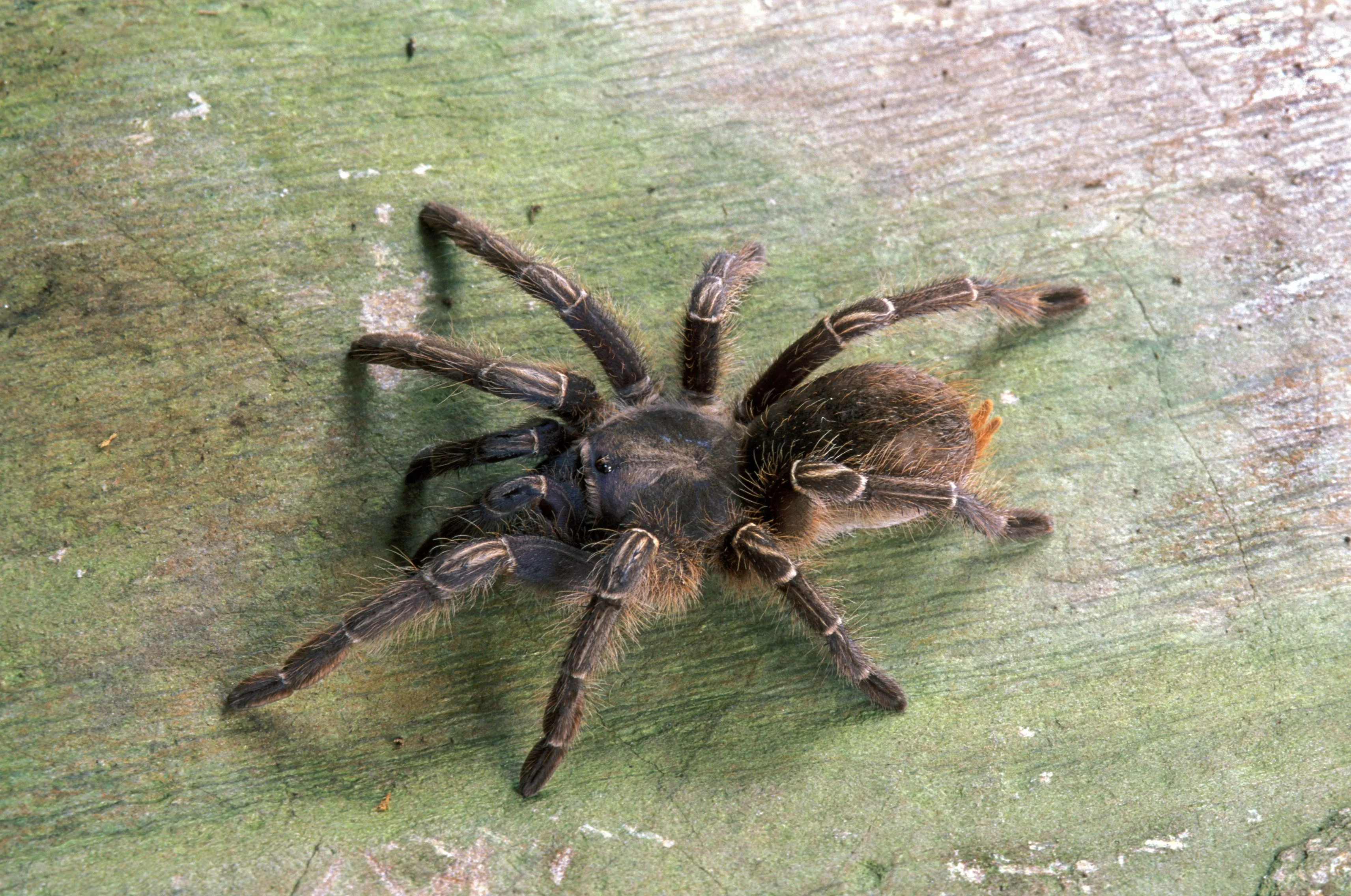Top 7 Tarantula Species Names You Should Know
Tarantulas, with their impressive size and captivating appearance, have fascinated humans for centuries. These arachnids, belonging to the Theraphosidae family, are found across the globe, showcasing a remarkable diversity in size, color, and behavior. Knowing the names of different tarantula species is essential for enthusiasts, pet owners, and anyone interested in learning more about these incredible creatures. This article will delve into the world of tarantulas, highlighting seven of the most well-known and intriguing species, offering insights into their characteristics, habitats, and the unique aspects that make them stand out.
The Goliath Birdeater (Theraphosa blondi)
The Goliath Birdeater, Theraphosa blondi, rightfully holds the title of the world’s largest tarantula, a truly remarkable species. Found in the rainforests of northern South America, this behemoth commands attention with its sheer size and imposing presence. The Goliath Birdeater is not just big; it’s a living testament to the diversity and grandeur of the natural world, captivating anyone who is lucky enough to encounter it. It is a symbol of the wild, a creature that evokes both awe and respect for its survival strategies and its place in the ecosystem. This tarantula offers a fascinating look into the world of arachnids.
Size and Appearance
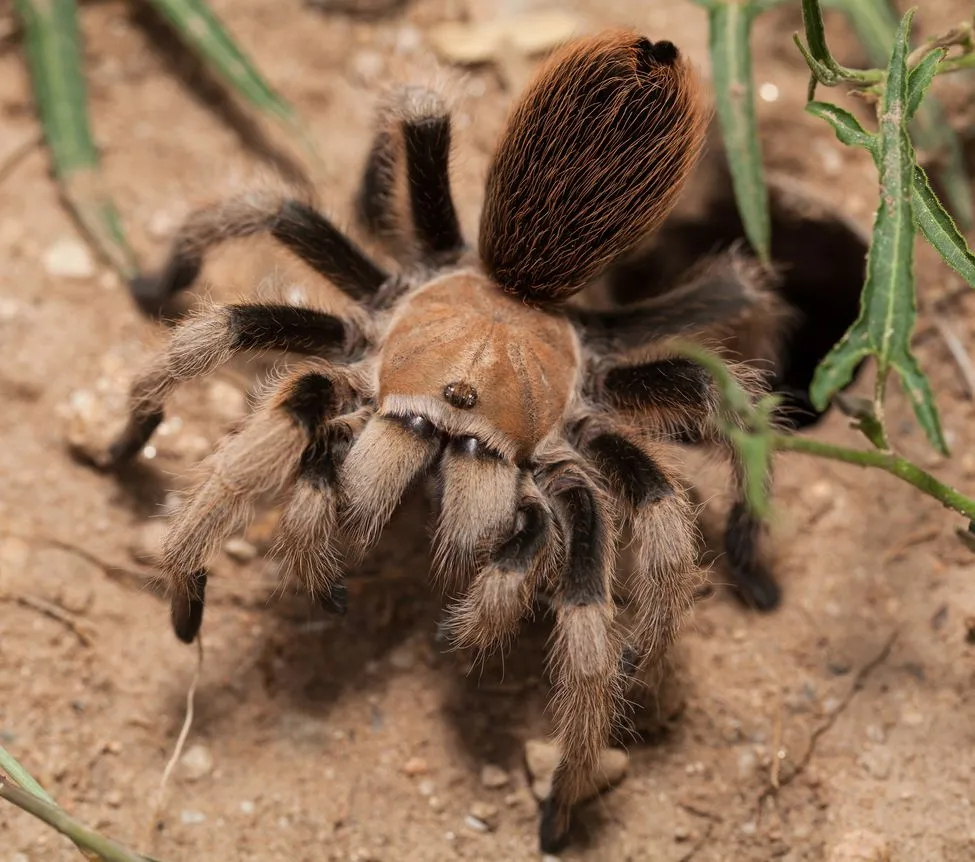
The Goliath Birdeater’s size is its most defining characteristic. With a leg span that can exceed 12 inches (30 cm), it is truly a sight to behold. Its body, covered in bristly hairs, is typically a reddish-brown color, providing excellent camouflage within its forest habitat. The chelicerae, or fangs, are large and powerful, used for subduing prey, which includes insects, small reptiles, and, occasionally, small birds. These impressive features make the Goliath Birdeater an iconic representative of the tarantula family, a testament to the diversity and majesty of the natural world.
Habitat and Behavior
Native to the rainforests of South America, the Goliath Birdeater is a terrestrial species, living in burrows it creates or finds in the forest floor. They are ambush predators, waiting patiently for prey to come within striking distance. Despite their size, these tarantulas are relatively shy, preferring to remain hidden unless disturbed. They possess urticating hairs, which they flick off their abdomen as a defense mechanism, causing irritation to potential threats. This behavior, along with their formidable fangs, helps them survive in their dense and diverse habitat. Their role as predators is vital to maintaining balance within their ecosystem.
The Pinktoe Tarantula (Avicularia avicularia)
The Pinktoe Tarantula, Avicularia avicularia, is known for its striking appearance and relatively docile temperament, making it a popular choice among tarantula enthusiasts. This arboreal species is a testament to the beauty and diversity found within the tarantula family. Its vibrant colors and gentle nature offer a captivating glimpse into the world of arachnids, appealing to both experienced keepers and newcomers. The Pinktoe Tarantula showcases how beauty and elegance can coexist within the natural world.
Distinctive Features
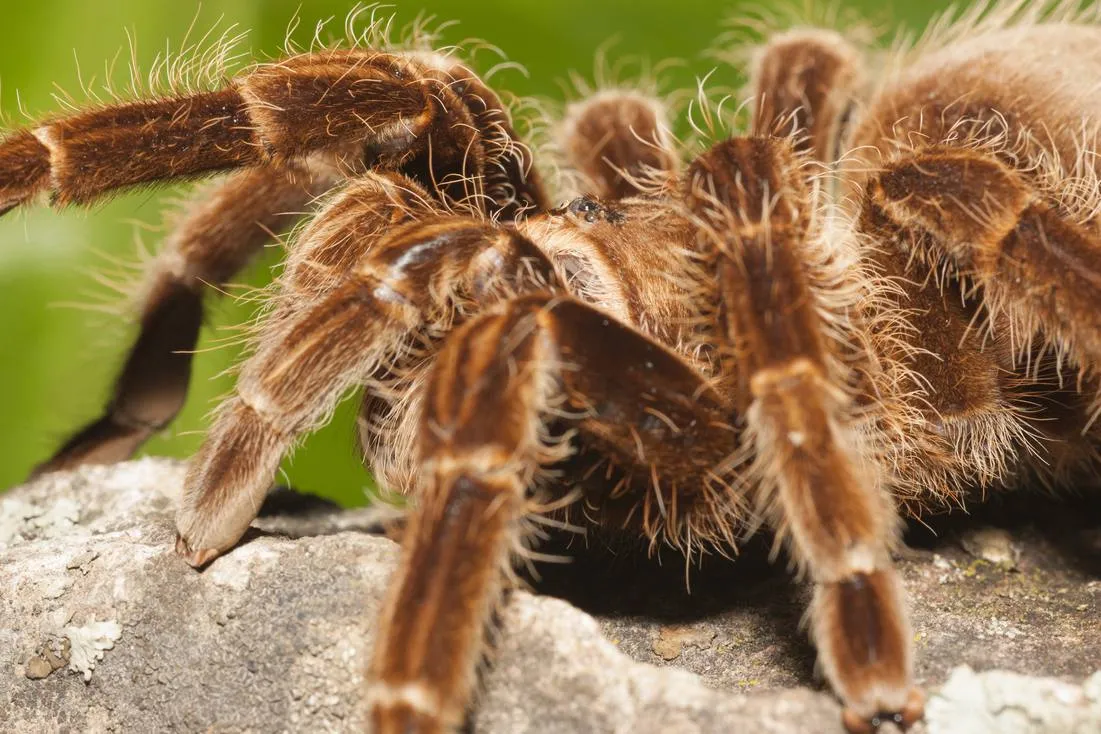
The Pinktoe Tarantula gets its name from the vibrant pink or red coloration on the tips of its feet. The rest of its body is generally a dark color, often black or dark grey, with iridescent hairs that give it a metallic sheen. Its overall appearance is both elegant and eye-catching. They also possess a relatively slender build compared to many other tarantula species, which, combined with their arboreal lifestyle, gives them a unique and graceful presence. These features enhance their appeal as one of the most sought-after tarantulas.
Care Requirements
Pinktoe Tarantulas are relatively easy to care for, making them suitable for beginners. They require a tall enclosure with plenty of vertical space, branches, and plants to climb on. The humidity should be kept relatively high, and the temperature should be maintained at a comfortable level. Feeding them appropriately sized insects a couple of times a week is sufficient. Their care needs are not overly demanding, which contributes to their popularity as pets. Proper care ensures that these beautiful creatures can thrive, offering owners an enjoyable experience.
The Mexican Redknee Tarantula (Brachypelma hamorii)
The Mexican Redknee Tarantula, Brachypelma hamorii, is one of the most recognizable and beloved tarantula species in the world. Its striking coloration and docile temperament have made it a favorite among both experienced and novice keepers. This species embodies the beauty and intrigue of the tarantula world, capturing the hearts of enthusiasts worldwide. Their popularity has elevated them to the status of an icon in the pet trade.
Appearance and Temperament
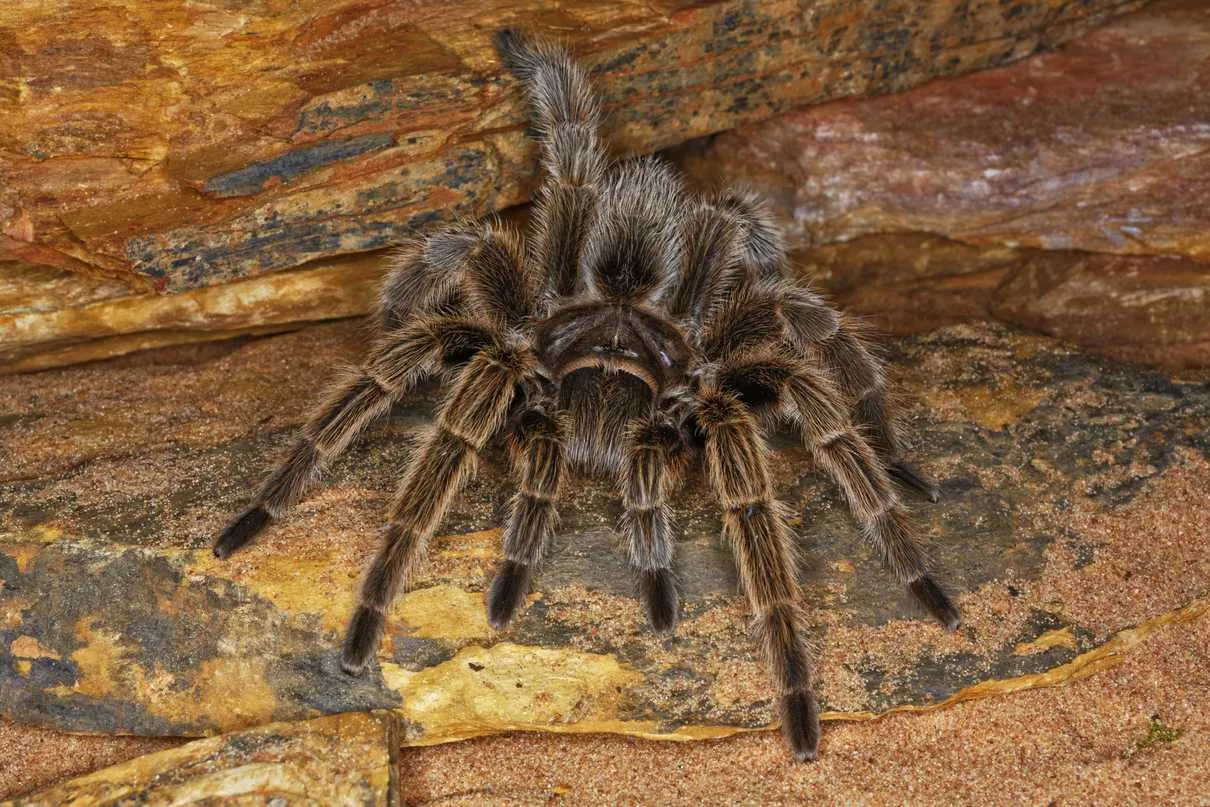
The Mexican Redknee is known for its striking appearance, featuring black legs with vibrant orange or red joints. Its carapace is also a rich, dark color, which creates a beautiful contrast. They are known for their docile and generally easy-going temperament, making them relatively easy to handle compared to other species. This calm nature contributes to their appeal as pets. The combination of their striking appearance and gentle disposition makes them a favorite.
Conservation Status
Unfortunately, the Mexican Redknee Tarantula, due to habitat loss and over-collection for the pet trade, has become vulnerable in the wild. Conservation efforts are underway to protect this species. Purchasing captive-bred individuals is crucial to support sustainable practices and minimize the impact on wild populations. Careful management and conservation play an important role in ensuring the continued survival of this beautiful tarantula.
The Chilean Rose Tarantula (Grammostola rosea)
The Chilean Rose Tarantula, Grammostola rosea, is another highly popular species, especially among beginners. Their hardiness, relatively docile nature, and attractive appearance make them a fantastic choice for those new to tarantula keeping. Their manageable size and relatively easy care requirements contribute to their widespread appeal, making them a staple in the pet trade. Their presence introduces many people to the fascination of tarantulas.
Popularity as a Pet
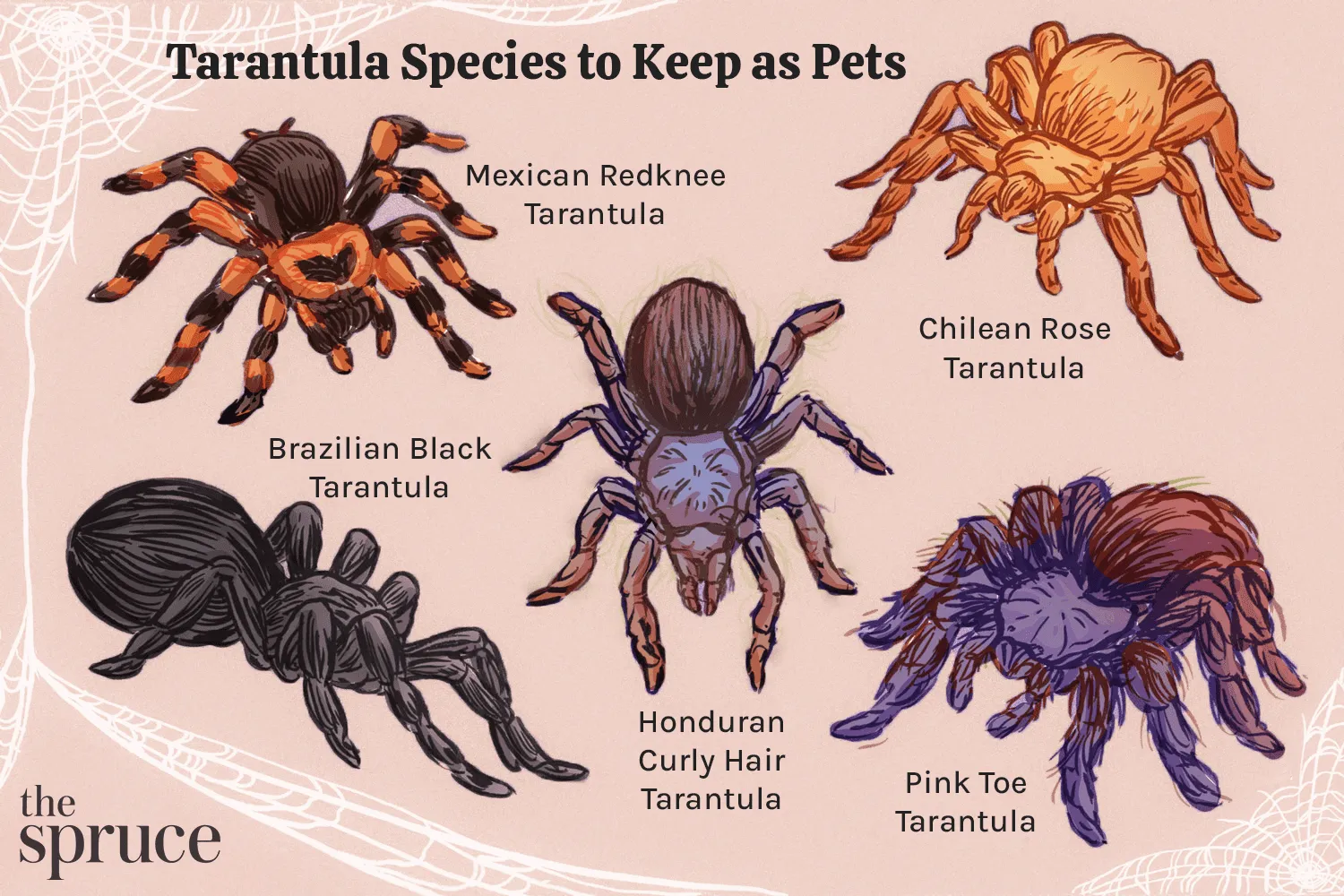
The Chilean Rose Tarantula’s popularity stems from several factors. They are generally docile and slow-moving, which makes them less intimidating for beginners. Their care requirements are relatively straightforward, involving a terrestrial setup with appropriate substrate and temperature. They also come in a range of colors and patterns, which adds to their aesthetic appeal. Their gentle nature makes them ideal for observation, allowing keepers to appreciate the intricacies of these amazing creatures.
Lifespan and Care
These tarantulas have a relatively long lifespan, with females living for up to 20 years, which makes them a long-term companion. Their care involves providing a suitable terrestrial environment with a hide, a water dish, and a regular feeding schedule of insects. They are tolerant of a wide range of temperatures and humidity levels, making them adaptable to different climates. Proper care ensures a happy and healthy tarantula and allows owners to appreciate the full extent of its beauty.
The Cobalt Blue Tarantula (Cyaneopubescens)
The Cobalt Blue Tarantula, Cyaneopubescens, stands out due to its striking metallic blue coloration. This species, native to Southeast Asia, is a visual spectacle, making it a highly sought-after tarantula. While their appearance is stunning, their care requires careful consideration due to their temperament and venom. This tarantula is not just beautiful; it’s a symbol of the diversity found in the arachnid world.
Striking Appearance
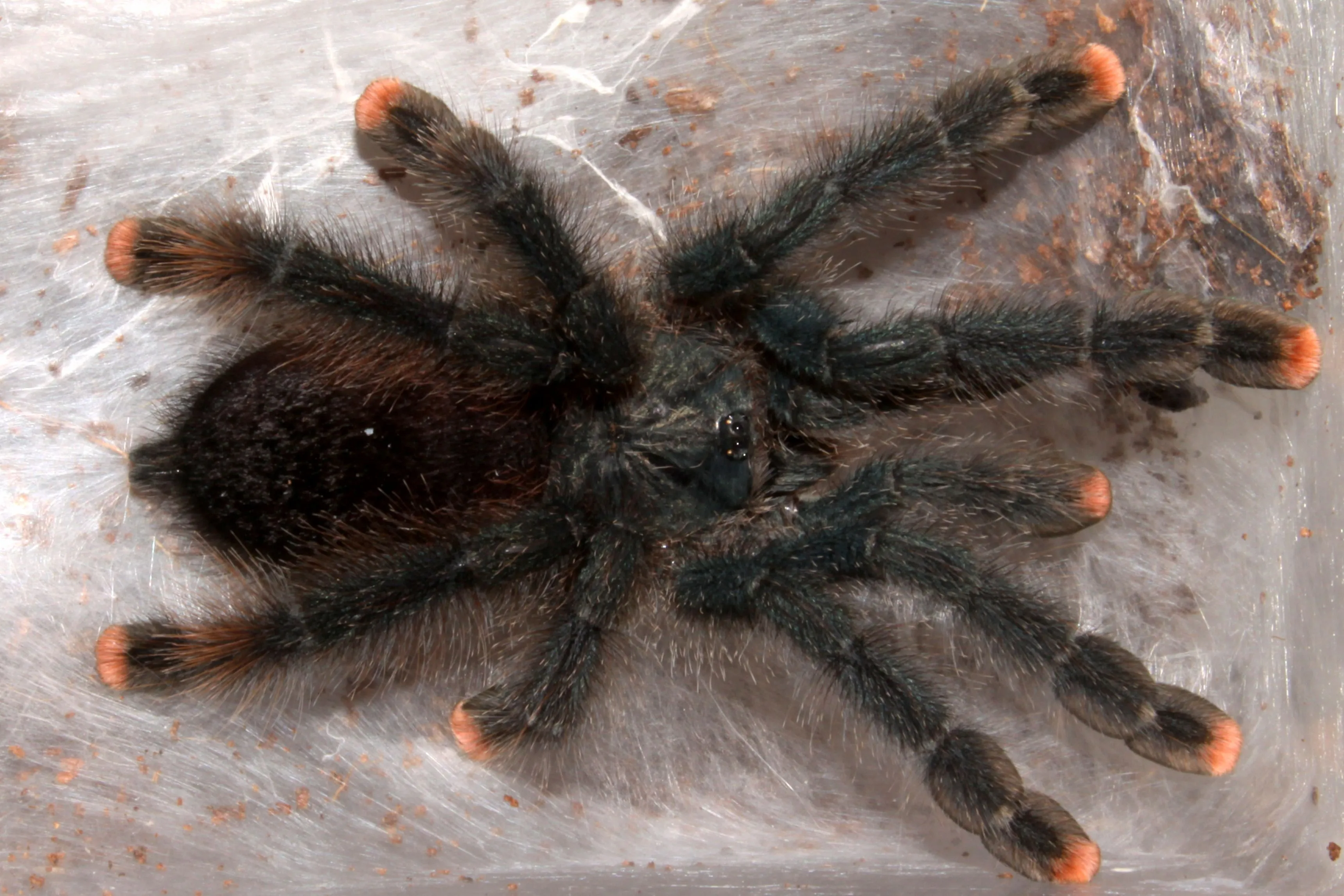
The Cobalt Blue Tarantula is famous for its unique coloration. Both males and females have a vibrant metallic blue hue, which is particularly noticeable on their legs. Their body can range from a dark grey to a darker shade of blue, creating a stunning contrast. This striking appearance, combined with their active nature, makes them a favorite among experienced keepers. Their beauty truly makes them a standout species.
Venom and Handling
Despite their beauty, Cobalt Blue Tarantulas can be defensive and possess potent venom. They are known for being quick to bite if threatened. Due to their temperament, it’s best to admire them from a distance or handle them only with extreme caution and experience. Keeping them in a secure enclosure and understanding their behavior is essential for safety and responsible pet ownership.
The Texas Tan Tarantula (Aphonopelma hentzi)
The Texas Tan Tarantula, Aphonopelma hentzi, represents a quintessential American tarantula species, known for its gentle nature and understated beauty. Found in the southern United States, it is a fascinating example of how tarantulas adapt to different environments. Their presence enriches the diversity of the local ecosystems.
Native Habitat
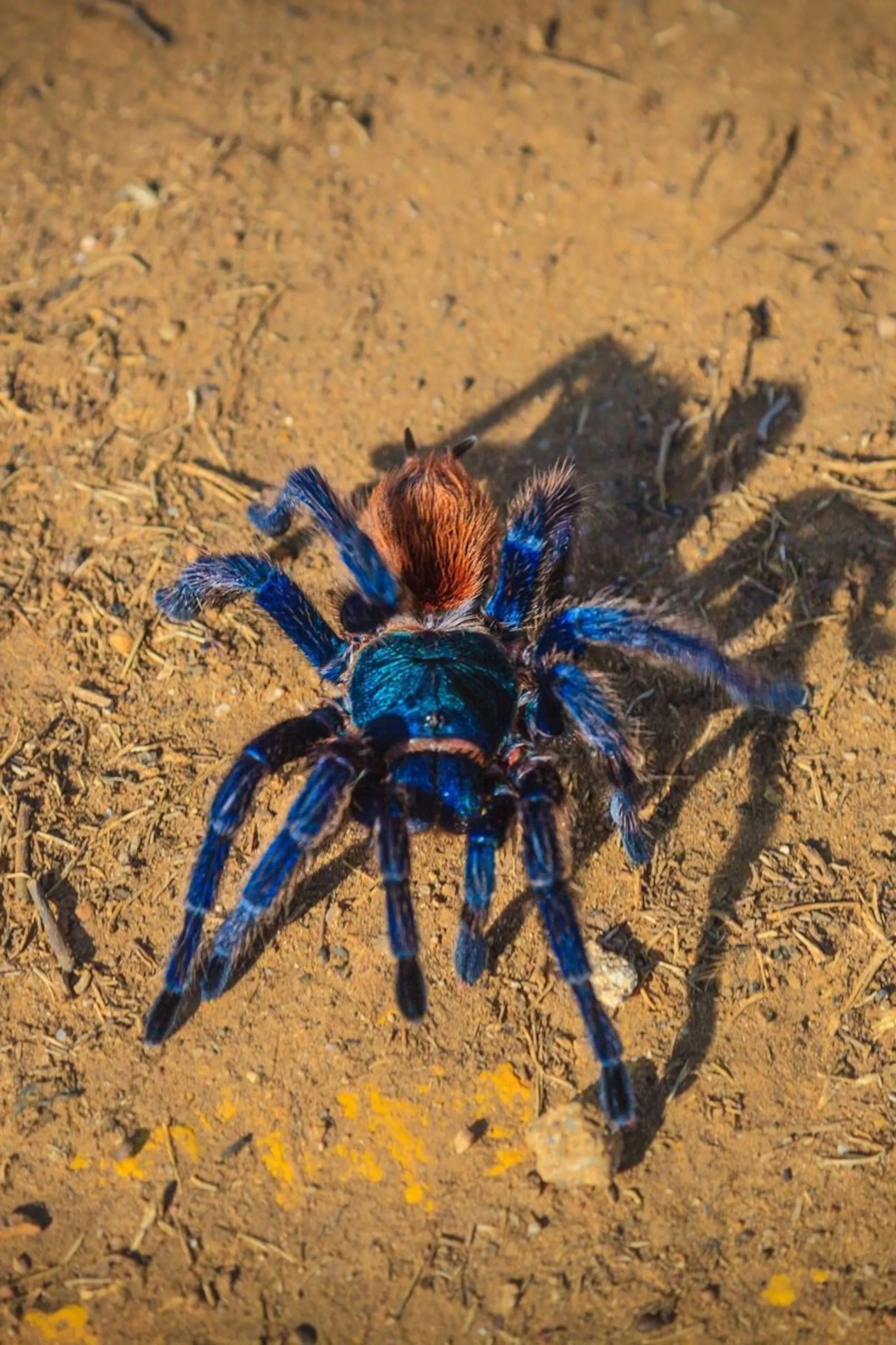
This species is native to the grasslands and deserts of the southern United States, especially Texas. They live in burrows that they dig in the ground or sometimes occupy abandoned rodent burrows. They are adapted to the arid climate of their habitat. Understanding their natural habitat is critical for providing the proper care in captivity, helping them thrive in their new environment.
Behavior and Characteristics
Texas Tan Tarantulas are generally docile and slow-moving, making them a good choice for beginners. They are often more tolerant of handling than some other species. They are also known for their longevity, with females living for many years. These characteristics contribute to their appeal and make them a wonderful subject to study and admire.
The Brazilian Black Tarantula (Grammostola pulchra)
The Brazilian Black Tarantula, Grammostola pulchra, is a beautiful and popular species that is known for its solid black coloration. Native to Brazil and Uruguay, this tarantula is a favorite among collectors for its striking appearance and manageable care requirements. Its elegant simplicity makes it a welcome addition to any collection.
Appearance and Temperament
The Brazilian Black Tarantula, as its name suggests, is completely black, with no markings or variations in color. This solid appearance gives it a sleek and elegant look. They are known to be relatively docile and easy to handle. Their temperament and the fact that they are easy to care for make them highly desirable among tarantula enthusiasts.
Care and Habitat
Caring for a Brazilian Black Tarantula is similar to caring for other terrestrial species. They require a simple setup with a terrestrial substrate, a hide, and a water dish. Maintaining proper temperature and humidity is crucial for their health. Their adaptable nature means that they are relatively easy to keep, adding to their charm. By following their simple care guidelines, one can ensure their continued health and well-being.
Conclusion
The world of tarantulas offers a rich diversity of species, each with unique characteristics and captivating appearances. From the Goliath Birdeater’s imposing size to the vibrant Cobalt Blue Tarantula and the gentle Mexican Redknee, the tarantulas in this article offer something for every enthusiast. By learning about their names, habitats, and behaviors, we gain a deeper appreciation for these remarkable arachnids and their role in the natural world. Whether you’re a seasoned tarantula keeper or a curious beginner, exploring the variety of tarantula species enriches your knowledge and understanding of these incredible creatures.
